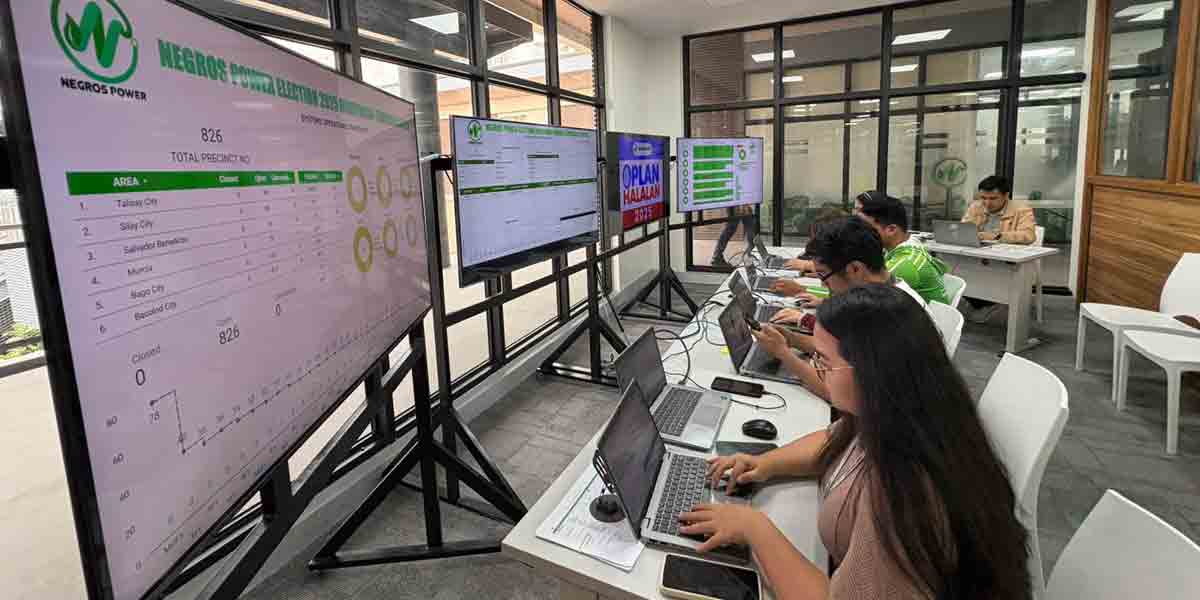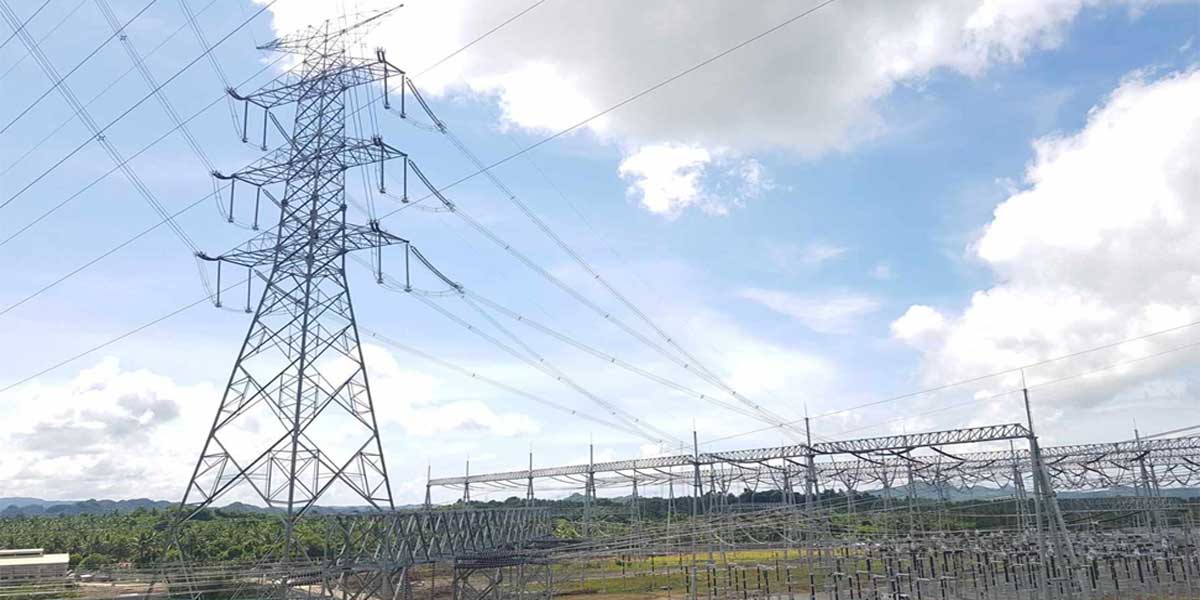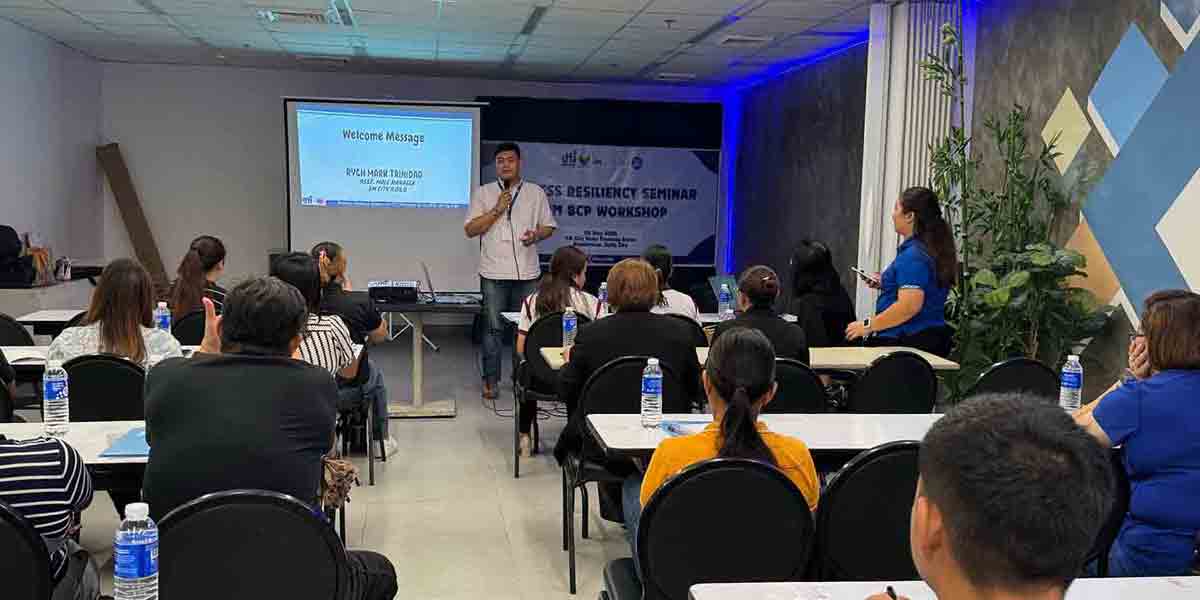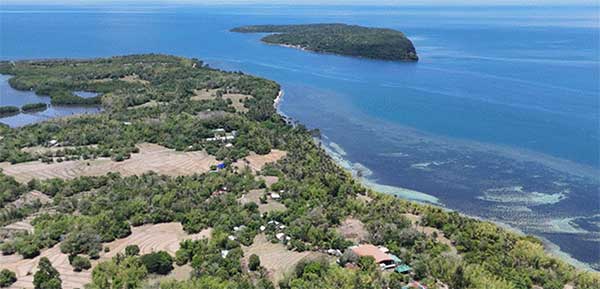
The long-isolated island barangays of Panobolon and Guiwanon in Guimaras are now fully energized and connected to the power grid following the successful completion of the Panobolon-Guiwanon Interconnection Project.
The Guimaras Electric Cooperative (GUIMELCO) officially energized its 14kV submarine cable on May 8, 2025, linking the mainland of Guimaras to the two barangays in the Municipality of Nueva Valencia.
The milestone project, celebrated through a ceremonial switch-on in Barangay Panobolon, was funded under the 2023 General Appropriations Act (GAA) through the Department of Energy’s (DOE) Locally Funded Project – Total Electrification Program (TEP), and implemented in partnership with the National Electrification Administration (NEA) via its Barangay Line Enhancement Program (BLEP).
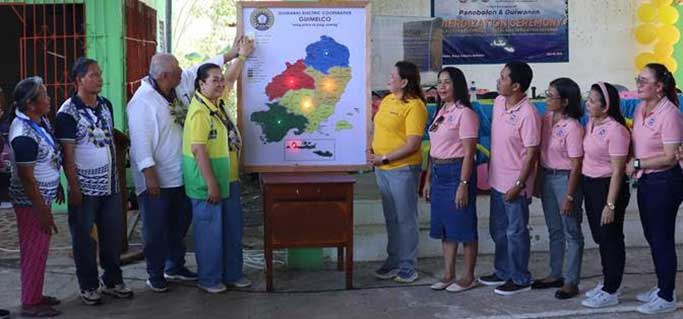
“Let this energization ceremony remind us all that even the most remote islands deserve development,” said GUIMELCO General Manager Shirley S. Laurente during the ceremony.
For generations, Panobolon survived on limited solar power while Guiwanon relied on a diesel-powered generator operated by the National Power Corporation’s Small Power Utilities Group (SPUG), which only supplied electricity from 4:00 p.m. to midnight.
The completion of the interconnection now allows both barangays to enjoy reliable, 24/7 electricity, unlocking opportunities for economic development, education, healthcare, and digital connectivity.
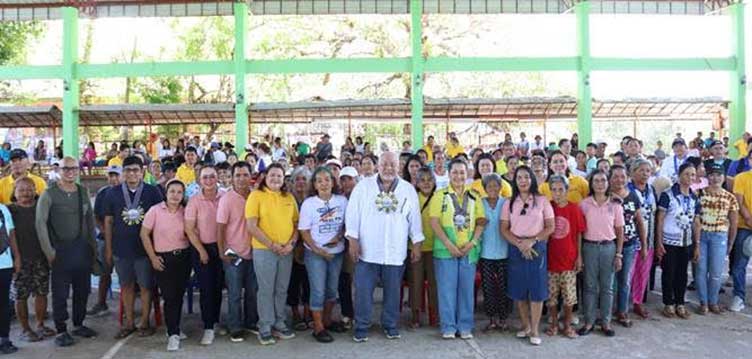
Guimaras’s lone district Rep. Ma. Lucille L. Nava, Representative of Guimaras’ Lone District, emphasized the persistence it took to secure the project’s inclusion in the DOE’s TEP, acknowledging the bureaucratic and technical hurdles that had to be overcome.
Initiated as part of GUIMELCO’s long-term electrification roadmap, the project began to take form in 2018 with a joint ocular inspection conducted with the Provincial Government of Guimaras.
A comprehensive feasibility study prepared by GUIMELCO’s Technical Working Group was then submitted to NEA and DOE, leading to the project’s approval and eventual rollout.
Guimaras Governor JC Rahman Nava credited the project’s success to coordinated efforts among local government units, national agencies, and affected communities.
“This project would not have been possible without the cooperation of all stakeholders—from national agencies to the residents of Panobolon and Guiwanon,” Governor Nava said.
Barangay Cabalagnan served as the mainland anchor for the interconnection, from which a 1.2-kilometer submarine cable was laid to Sitio Yato in Panobolon.
An overhead line spans the length of the islet, ending in another 1-kilometer submarine cable connecting Panobolon to Guiwanon.
To reinforce the reliability of the system, overhead lines from Barangay Concordia to Cabalagnan were upgraded to primary tree wire, a move aligned with GUIMELCO’s maintenance strategy to minimize outages.
Agencies such as the Department of Environment and Natural Resources (DENR) – Guimaras and the Philippine Coast Guard, along with the barangay councils of Panobolon, Guiwanon, and Cabalagnan, were instrumental in securing permits and managing logistics.
The interconnection project exemplifies the national government’s broader push for inclusive energy development, as outlined in the DOE’s Total Electrification roadmap.
According to DOE data, over 90 percent of Philippine households were already electrified as of 2023, with island and off-grid barangays representing the remaining frontier in the agency’s TEP efforts.
This project now places Panobolon and Guiwanon among the newly energized areas, with GUIMELCO continuing its mission to bring electricity access to all corners of Guimaras.




